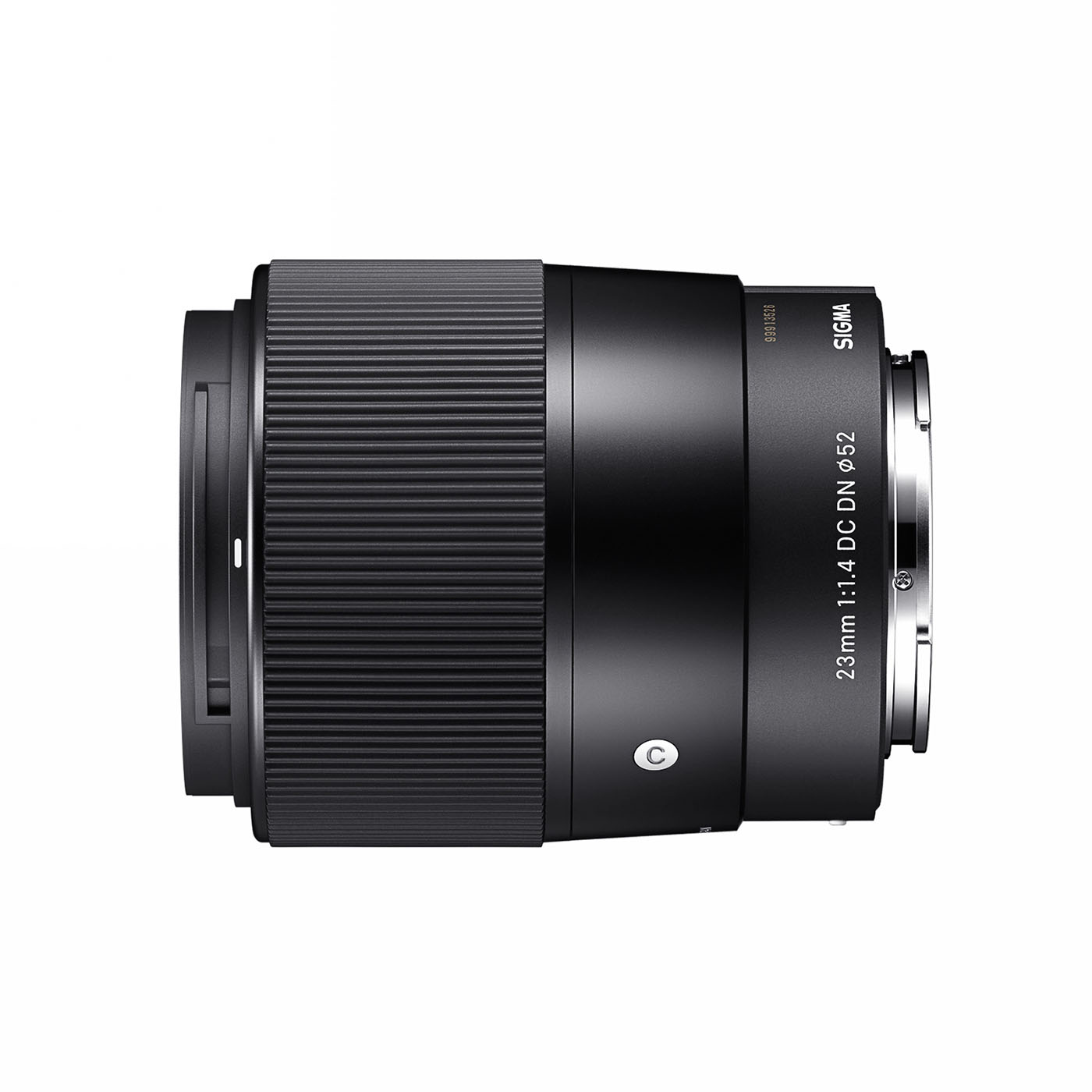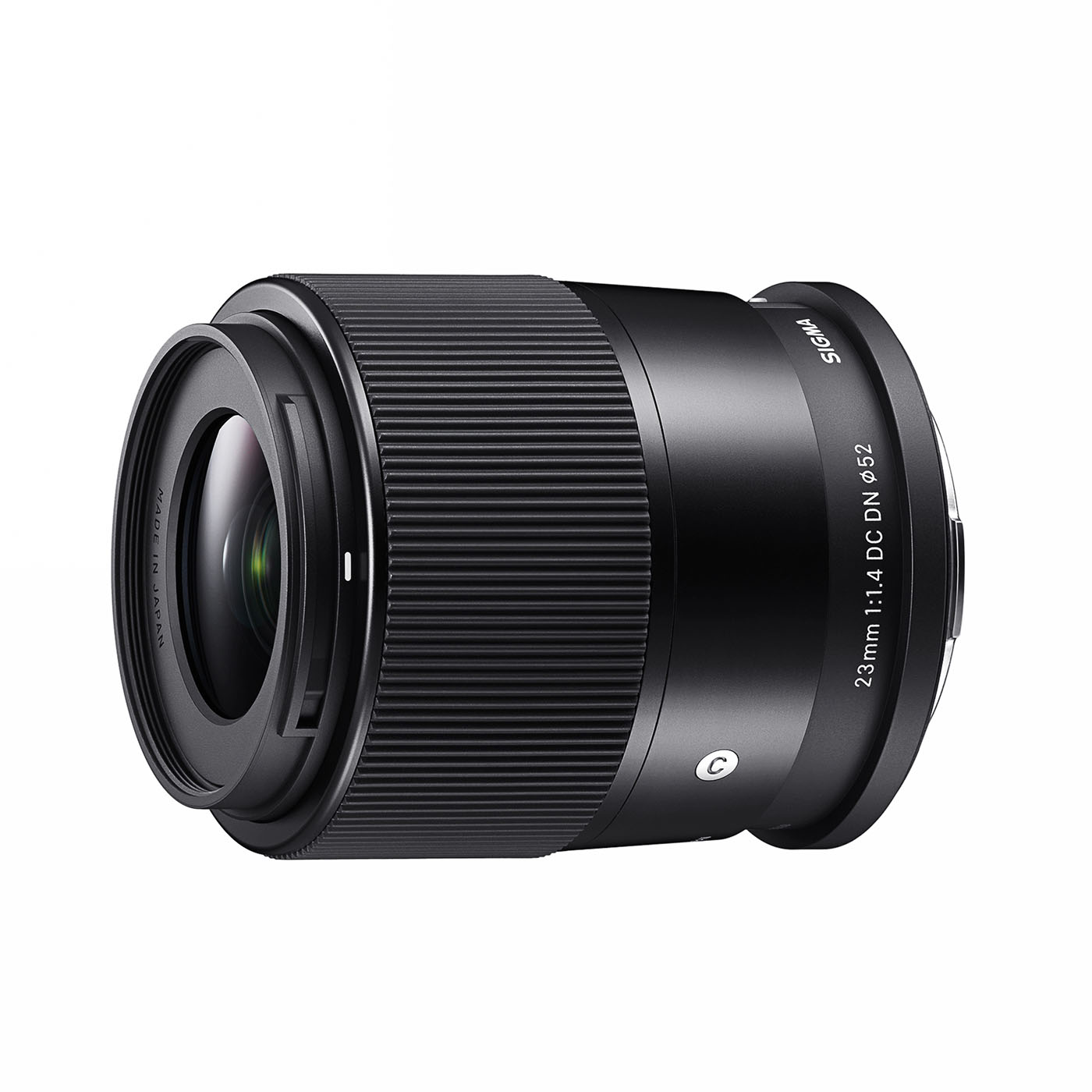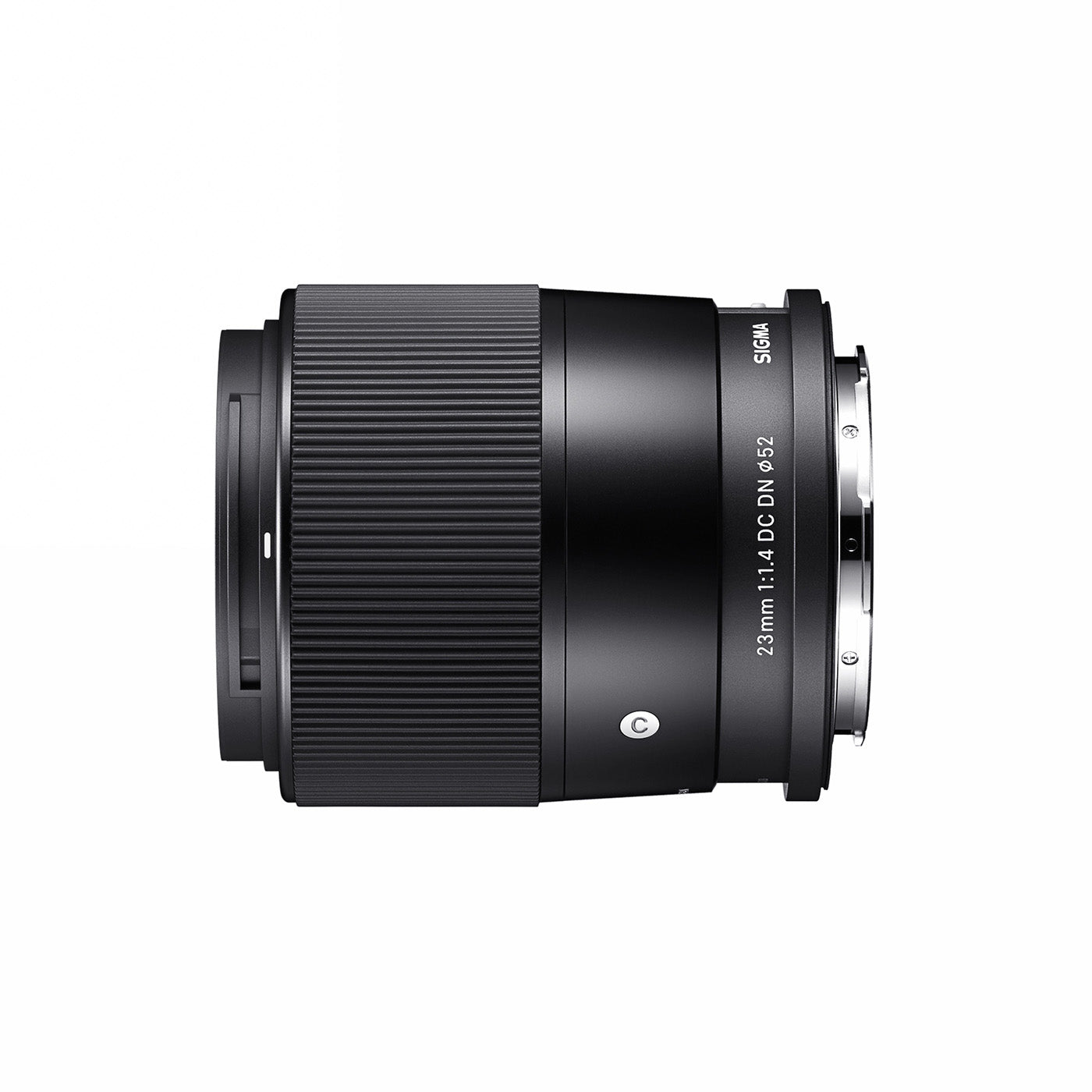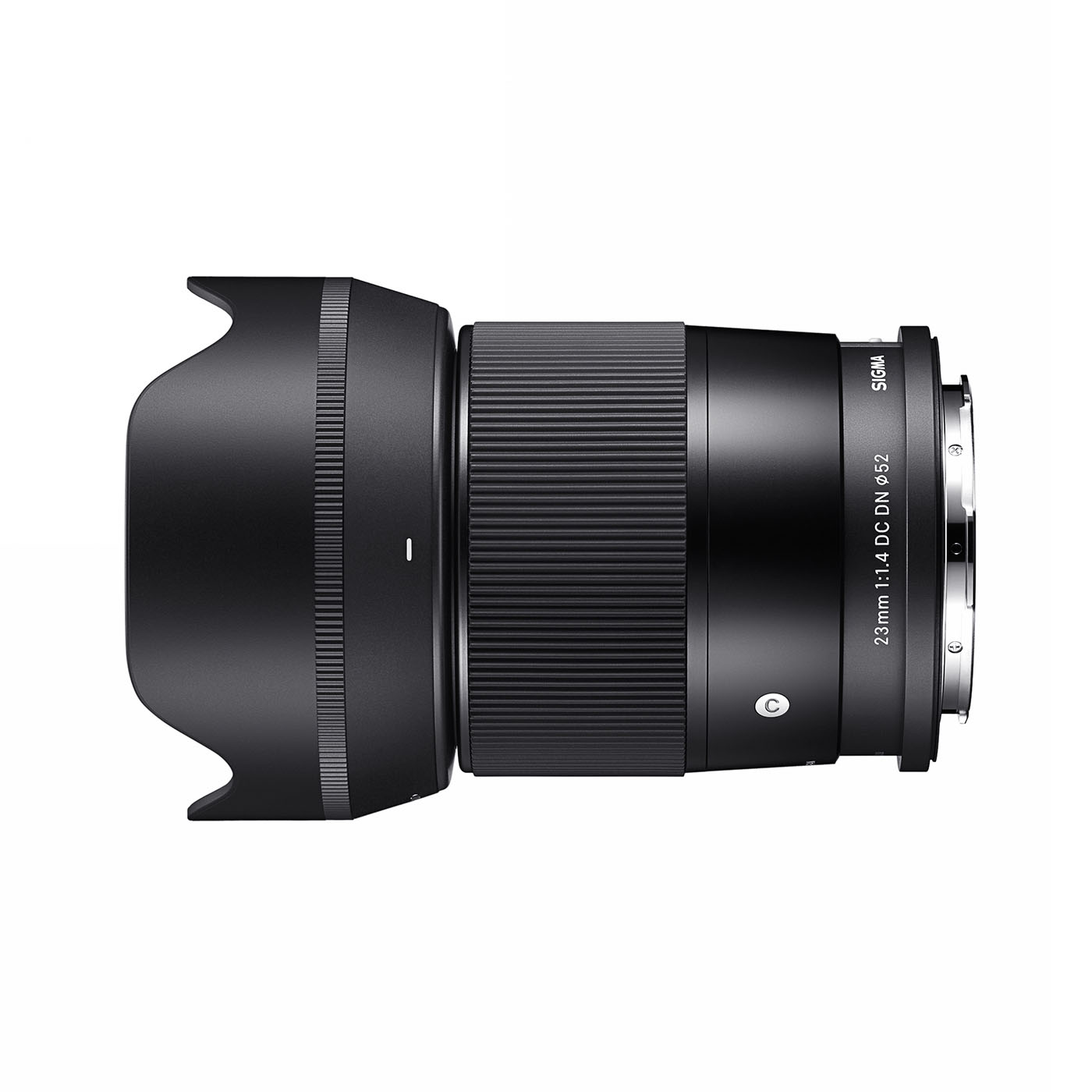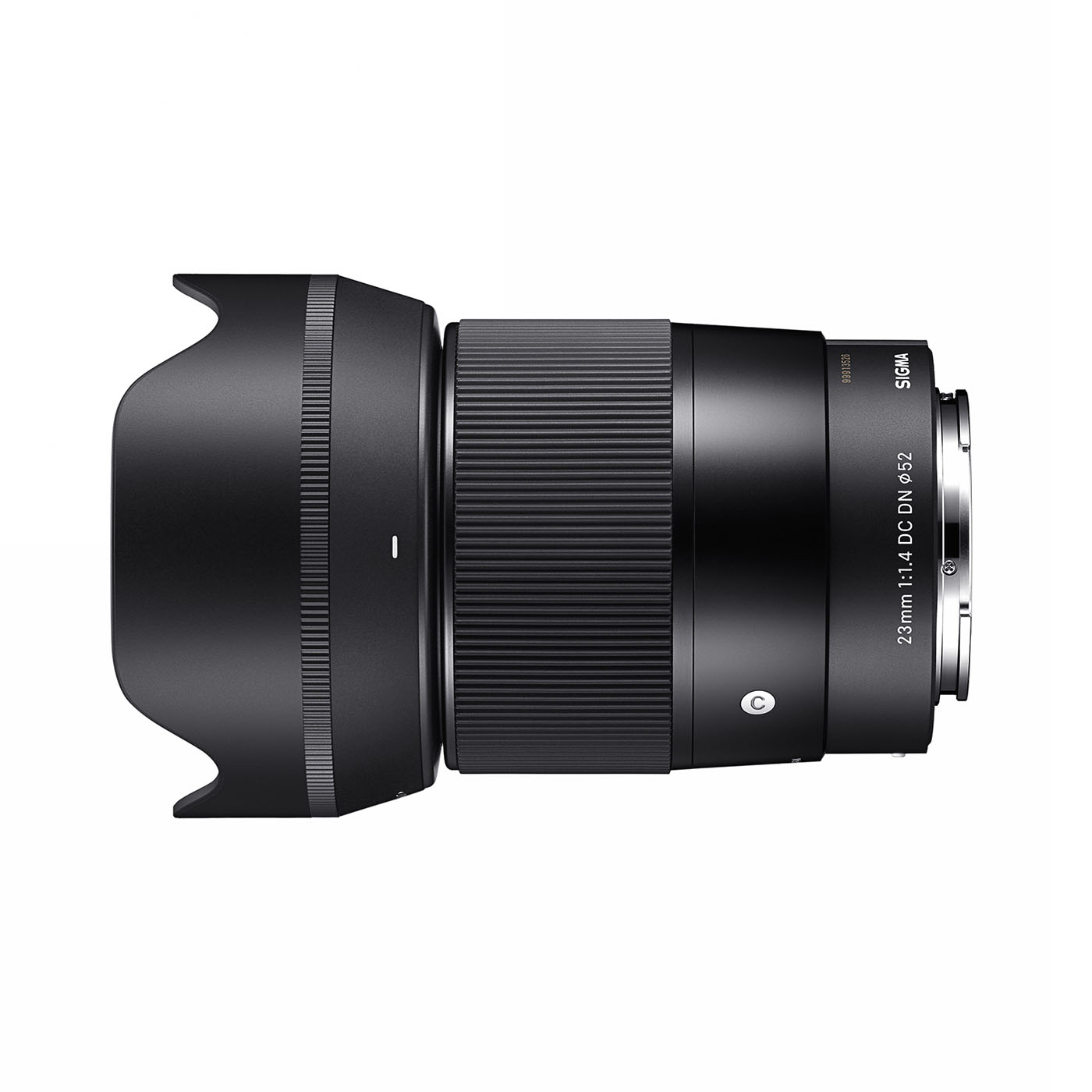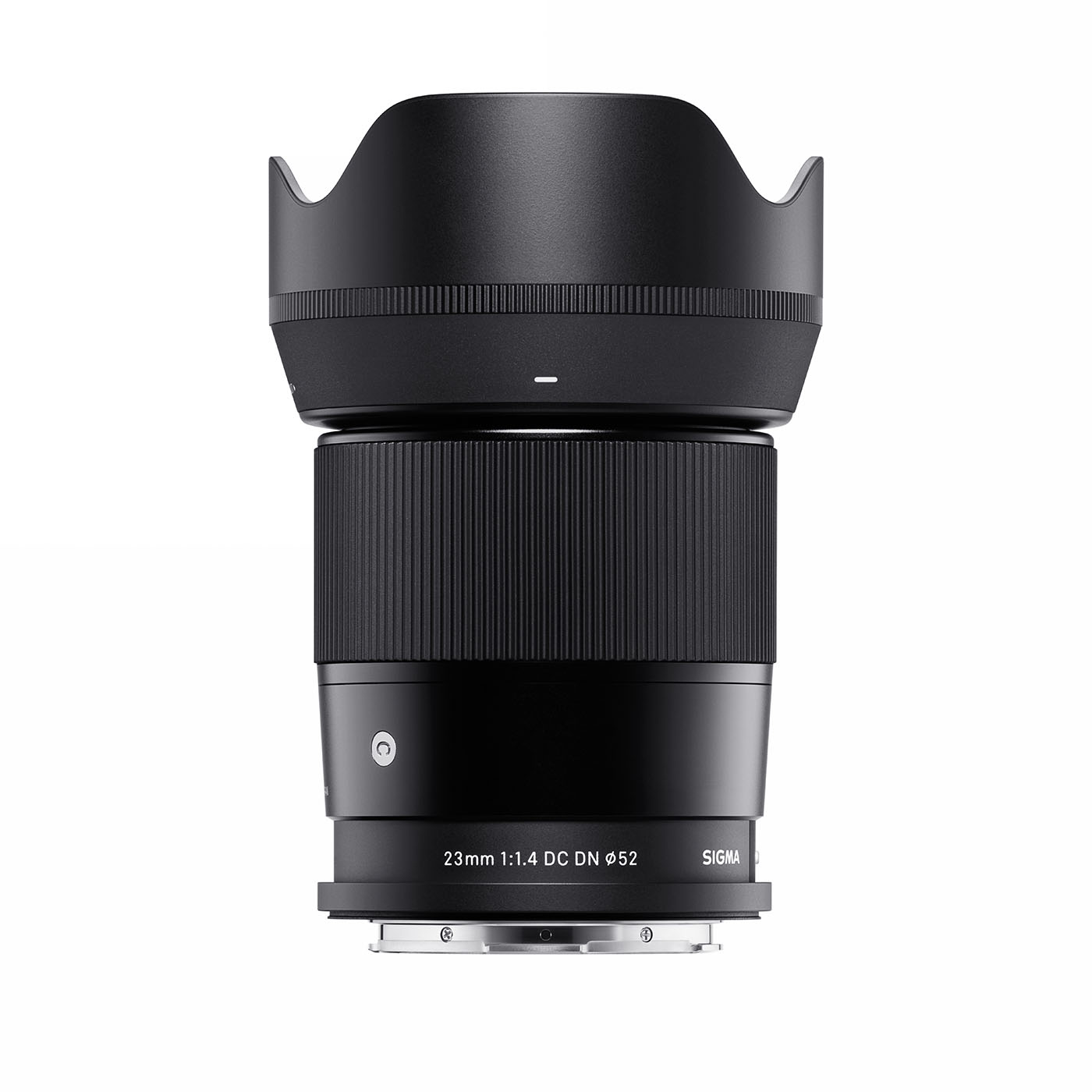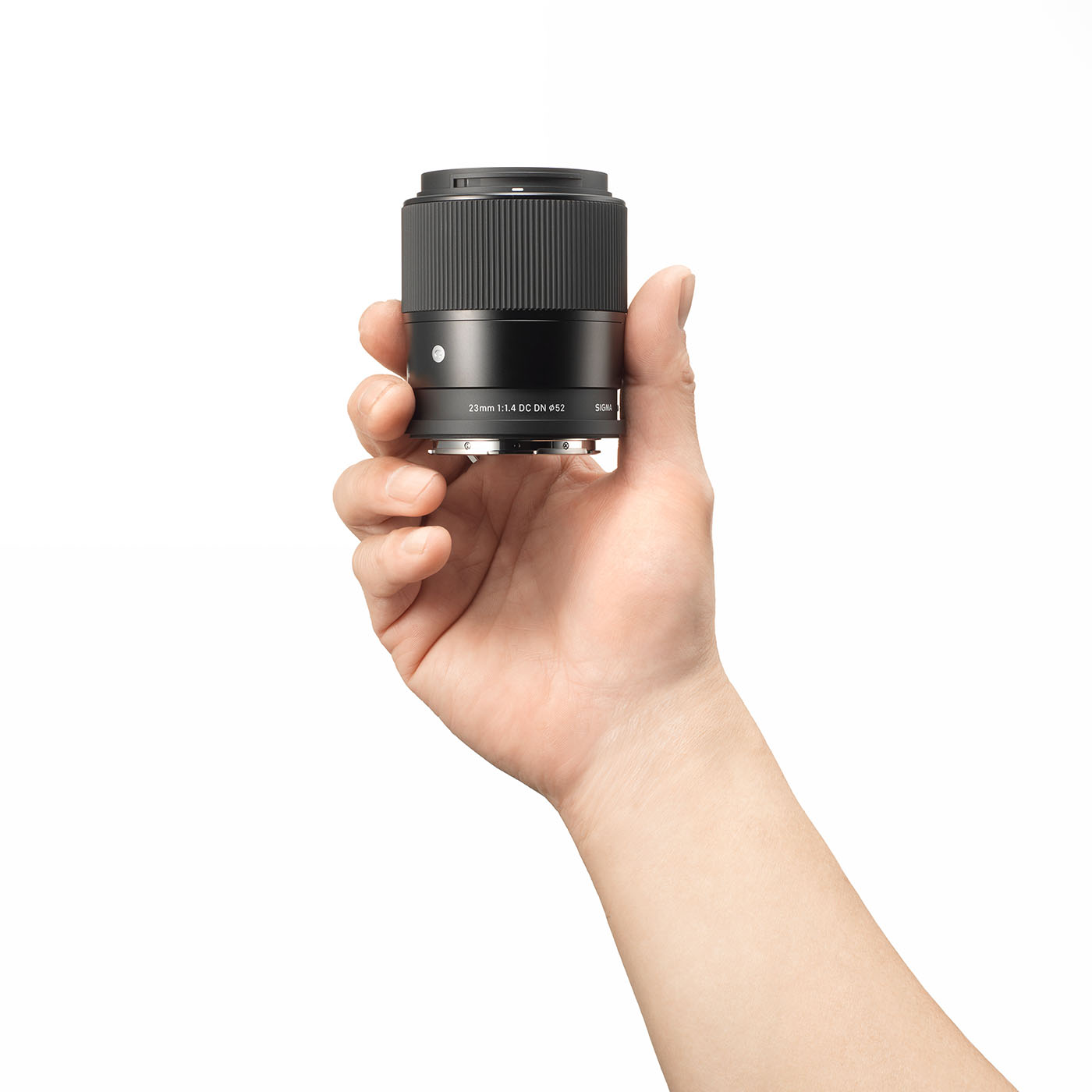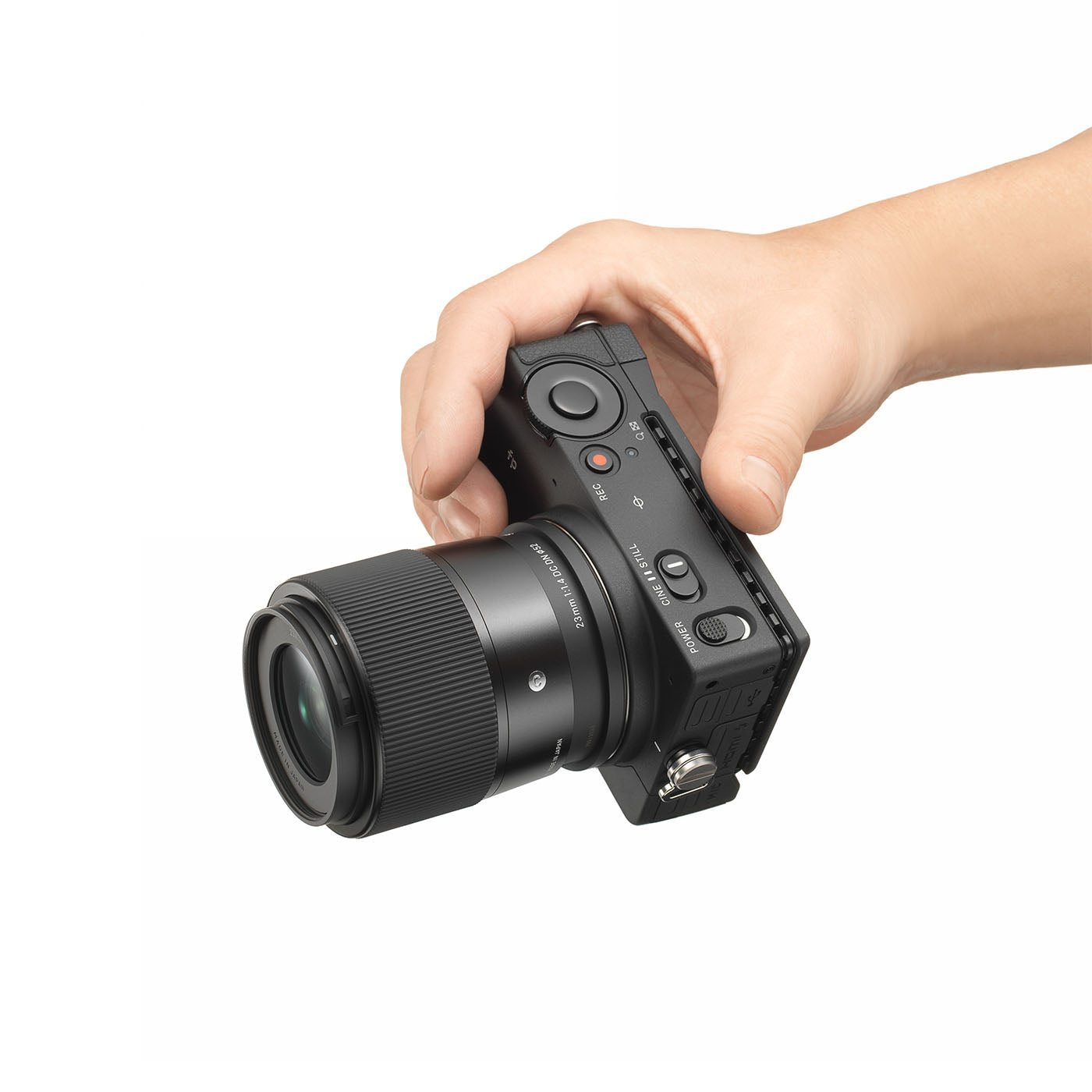Product Description
Sigma 23mm F1.4 DC DN Contemporary Lens for Fujifilm X Mount
The Perfect Portable Wide-Standard Prime for Crop-Sensor Cameras
The Sigma 23mm F1.4 DC DN Contemporary Lens offers an exceptional combination of speed, sharpness, and portability. Designed for Fujifilm X-mount APS-C cameras, it delivers a versatile 35mm equivalent focal length, perfect for street, travel, landscape, portrait, and everyday photography. Its bright f/1.4 aperture ensures excellent low-light performance and stunning subject separation.

Key Features
Versatile Wide-Standard Prime
- 35mm Equivalent Focal Length: Ideal for street, travel, and day-to-day photography.
- Bright f/1.4 Aperture: Enables fast shutter speeds in low light and creates beautifully blurred backgrounds.

Exceptional Optical Performance
- Advanced Optical Design: 13 elements in 10 groups, including 2 aspherical and 3 SLD elements, ensure sharpness and clarity across the frame.
- Minimised Aberrations: Chromatic aberration, flare, and vignetting are well-controlled for clean, detailed images.
- Advanced Coatings: Reduce flare and ghosting, even in challenging lighting conditions.

Compact and Lightweight
- Weight: Just 340g, making it easy to carry all day.
- Dimensions: ø65.8mm × 76.9mm, compact for an f/1.4 lens.

Durable Build and Features
- Brass Mount with Dust and Moisture Resistance: Reliable performance in various environments.
- Rubberised Focus Ring: Ensures intuitive manual focusing.
- Petal-Type Lens Hood: Helps minimise flare in bright light.

Responsive Autofocus
- Stepping Motor with Inner Focusing Technology: Provides fast, smooth, and silent AF, ideal for both stills and video.

Low-Light and Creative Potential
- Astrophotography Ready: Wide aperture and sharp optics excel in capturing stars and nightscapes.
- Smooth Bokeh: Rounded 9-blade diaphragm creates beautiful background blur, perfect for subject isolation.

Specifications
- Lens Construction: 13 elements in 10 groups
- Angle of View: 63.4°
- Diaphragm Blades: 9 (rounded)
- Minimum Aperture: f/16
- Minimum Focusing Distance: 25cm
- Maximum Magnification Ratio: 1:7.3
- Filter Thread: 52mm
- Dimensions: ø65.8mm × 76.9mm
- Weight: 340g
Compatible Mounts: L-Mount | Sony E | Fujifilm X

The Sigma 23mm F1.4 DC DN Contemporary Lens is the perfect companion for photographers seeking a compact, sharp, and versatile prime lens. Its fast aperture, exceptional optics, and lightweight build make it ideal for capturing stunning images across a wide range of genres.

| Lens construction |
13 elements in 10 groups
|
| Angle of view | 63.4° |
| Number of diaphragm blades |
9 (rounded diaphragm)
|
| Minimum aperture | F16 |
| Minimum focusing distance | 25cm |
| Maximum magnification ratio | 1:7.3 |
| Filter thread | 52mm |
| Dimensions (diameter x length) |
ø65.8mm × 76.9mm
|
| Weight | 340g |
Payment & Security
Your payment information is processed securely. We do not store credit card details nor have access to your credit card information.

